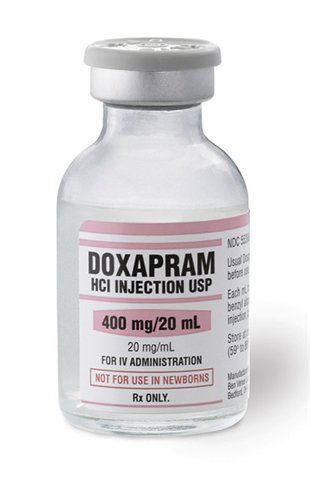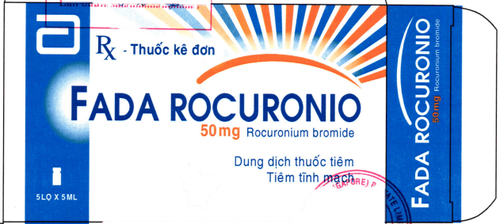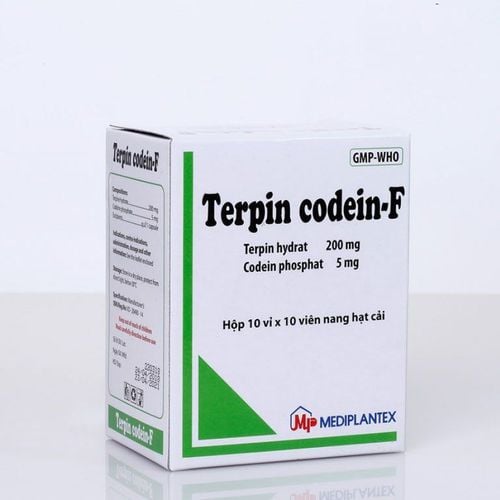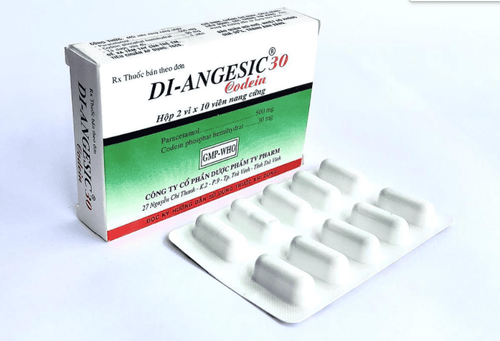This is an automatically translated article.
Ventilation disorders are one of the common mechanisms causing acute respiratory failure, often with diverse causes and most of them coming from neuromuscular-related diseases. To manage acute respiratory failure, in addition to overcoming existing ventilation disorders, doctors also need to follow a general protocol including pleural drainage, opening the airways, tracheostomy, intubation, ...1. What is Ventilation Disorder? Ventilation is a stage of the respiratory process defined as the exchange of air between the external environment and the lungs, the purpose is to renew the source of oxygen in the body.
Ventilation disorders occur when there are disturbances, abnormalities... that reduce this gas exchange. In terms of classification, ventilation disorders are divided into 2 main categories:
Restrictive ventilation disorders Obstructive ventilation disorders In medical diagnostic tests, the status of ventilation disorders will be checked through PaCO2 abnormalities, including: changes in body CO2 production, respiratory system dead space, or ventilation duration. In particular, acute respiratory failure is often related to ventilation disorders due to acute increase in CO2 concentration.
2. Ventilation disturbances in acute respiratory failure Ventilation is one of the most common mechanisms in patients with acute respiratory failure.
Hypoventilation
Chronic hypoventilation can be caused by pathology of the lung parenchyma or abnormalities in the chest wall, breathing disorders, neuromuscular diseases as well as abnormalities in the lungs. Respiratory. In particular, hypoventilation syndrome is also likely due to obesity with BMI higher than 30kg/m2.
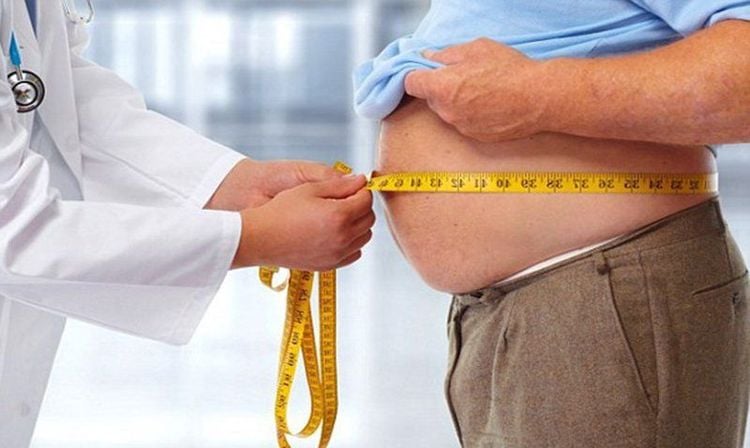
Người mắc bệnh béo phì có khả năng gây hội chứng giảm thông khí
When there is a hypoventilation disorder, the patient may have some symptoms such as:
Shortness of breath, suffocation when exertion or when lying down. Sleepy during the day. Waking up in the morning often has a headache. Shortness of breath and frequent cough: caused by lung parenchymal diseases, especially chronic obstructive pulmonary disease.
Hypoventilation disorders can be divided into 2 main types:
Total alveolar hypoventilation: Due to muscle or central damage, also called central hypoventilation, it is quite rare. Patients with total alveolar hypoventilation will have signs of cyanosis, abnormally increased or decreased breathing, sweating, ...
This central alveolar hypoventilation can occur in patients with acute airway obstruction, bilateral pneumothorax, effusion, multiple rib fractures...
Focal alveolar hypoventilation: the cause of this hypoventilation is quite variety, including pneumonia, atelectasis, alveolar dilation... Hyperventilation
Hyperventilation disorder can be caused by the cause that the ventilation process is too strong, causing a decrease in PaCO2. Usually, hyperventilation is caused by the patient's stress and anxiety.
When there is hyperventilation, the patient will have some symptoms such as shortness of breath, headache, chest pain,...

Người bệnh tăng thông khí có thể xuất hiện tình trạng khó thở kèm theo đau ngực
3. Diagnosis – treatment of hyperventilation disorders in acute respiratory failure How to diagnose dysventilation?
Hyperventilation: based on serum bicarbonate concentration and pH when conducting arterial blood gas analysis. Hypoventilation: physical examination and performing some imaging techniques such as X-ray, chest CT... to probe lung function. At the same time, the doctor will also measure the patient's breathing pressure to assess the strength of the respiratory muscles. Several indicators will also be tested to determine this condition including: PaCO2, PaO2 levels, serum bicarbonate levels (increase) and pH (decrease),...
Correction of hyperventilation disorder
Hyperventilation: so far, the treatment of chronic hyperventilation is still a controversial issue. To overcome this phenomenon, doctors need to identify the trigger factor as well as make some appropriate diagnoses. Hypoventilation: Supplemental oxygen is a good method to overcome hypoxemia. In addition, hypoventilation can also be caused by medical conditions, so doctors will also focus on treating sleep apnea in patients with neuromuscular problems or in cases of central hypoventilation. For patients with central ventilation disorders, the patient can be stimulated with electrical equipment. 4. Method of management of acute respiratory failure Pleural drainage: indicated for pneumothorax syndrome, pleural effusion, pneumomediastinum...
Open air ducts: the first action It is necessary to perform the emergency treatment of patients with acute respiratory failure. Depending on the cause and extent of the problem, doctors may perform a variety of procedures. Tracheostomy: is commonly indicated in patients with long-term mechanical ventilation or problems in the upper respiratory tract such as laryngeal edema, laryngospasm,... Intubation: has similar indications tracheostomy. Currently, there are two main methods of intubation: through the mouth or through the nose.
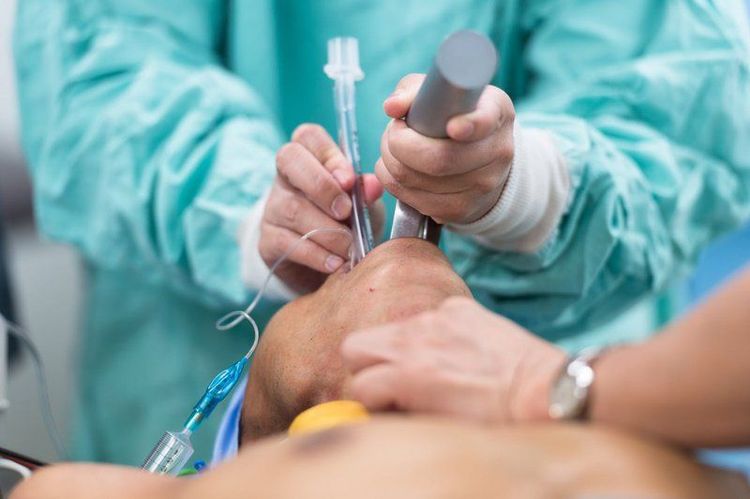
Phương pháp đặt ống nội khí quản giúp xử trí chứng suy hô hấp cấp
Overall, acute respiratory failure is a classic problem with many different causes. Among them, ventilation disorder is the most common and is also the treatment goal of many doctors.
The flexible bronchoscopy technique at Vinmec International General Hospital is performed on modern machinery and does not make patients uncomfortable when conducting endoscopy. Before performing bronchoscopy, the patient will be anesthetized and carefully controlled the airway to ensure safety and minimize irritation or discomfort and then check and control to make sure there is no complications for the patient.
Please dial HOTLINE for more information or register for an appointment HERE. Download MyVinmec app to make appointments faster and to manage your bookings easily.




